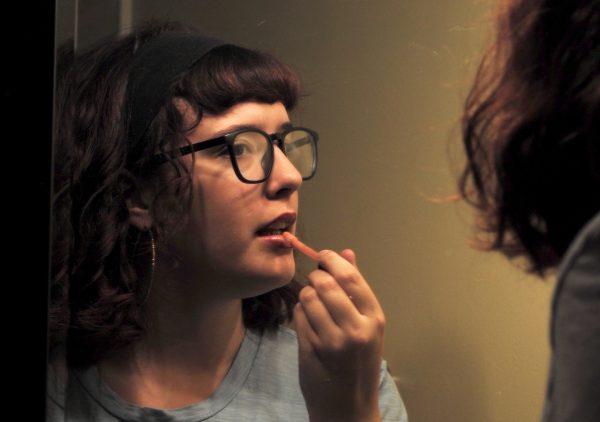A walking miracle

The Rhode family poses together for family photos.
A seven-day coma. Sepsis, toxic shock syndrome and acute respiratory distress syndrome. A 30% chance of survival.
On a Monday in July, Rhode had a biopsy taken due to minor female issues and began experiencing flu-like symptoms caused by infections from the procedure.
The doctor didn’t think that feeling sick had anything to do with the biopsy so he just assumed it was the flu as well.
After overcoming her life-threatening illnesses, she was able to return to work on Oct. 13, and was thankful to be back laughing and teaching with her students once again.
Her husband noticed her getting worse and took her to the ER that Saturday. She had a CAT scan which revealed that she needed a hysterectomy.
When the hysterectomy was performed doctors saw sepsis, an infection where there are toxins all throughout the body. About half of people diagnosed die from it.
If the biopsy had punctured her intestines there would have been chances of her dying, but thankfully it didn’t.
“It was pretty intense when my dad finally told me because my dad was my rock through this whole ordeal and to see him break down while trying to explain how bad it was really emotional,” daughter Morgan Rhode said.
Her organs began shutting down, she was going into kidney failure.
Rhode also had toxic shock syndrome a rare combination of bacterial infections, which is also life threatening.
She was soon put on a ventilator and doctors placed her in an induced coma for a week to avoid fighting the breathing tube.
When she woke up, the doctors gave her plenty of antibiotics, and they flushed her system to get the sepsis out. They had to give her 17 liters of fluid on the first day and continued giving her fluids on the days following. It took weeks to get all of the water out; the infection was flushed out with the antibiotics.
“You’re looking at a miracle,” Rhode said. “Doctors told me that they were impressed that I pulled through.”
Acute respiratory distress syndrome is a condition when fluid goes into the lungs air sacs which cause organs to lose oxygen. Chances of mortality are higher with severity of it, but about 40% of patients with it do not live.
Rhode got off of kidney dialysis and medications and had many breathing tubes taken out. It took her two weeks to get out of the hospital and, compared to other patients with the same conditions, would be released after three to four months. She was able to go straight home instead of rehab.
Students and teachers were happy about her arrival back to school.
“When I found out she was ill, it made me very upset but most of all worried because she is my favorite teacher,” sophomore Emily Bonck said. “Once I knew she was coming back I was relieved and so excited to have her again.”
Spanish teachers Patricia Lopez and Kari Miller helped provide the substitutes with lesson plans and PowerPoints for the classes.
“Mrs. Rhode is a vibrant, healthy young woman,” Lopez said. “She is not only a colleague but a good friend as well. The thought of her being so close to death was heartbreaking.”
Leadership students who had her for Spanish set up her classroom the way that she likes it so then she wouldn’t have to worry about it when she returned.
“It’s amazing to see how far she has come since she was in a coma in the hospital. We did not know what the outcome would be,” Morgan Rhode said. “I am so proud of how she keeps pushing through this and getting better and better.”

The info graphic above demonstrates the survival rates that Rhode faced with all of the other illnesses.
Your donation will support the student journalists of Hagerty High School. We are an ad-free publication, and your contribution helps us publish six issues of the BluePrint and cover our annual website hosting costs. Thank you so much!






